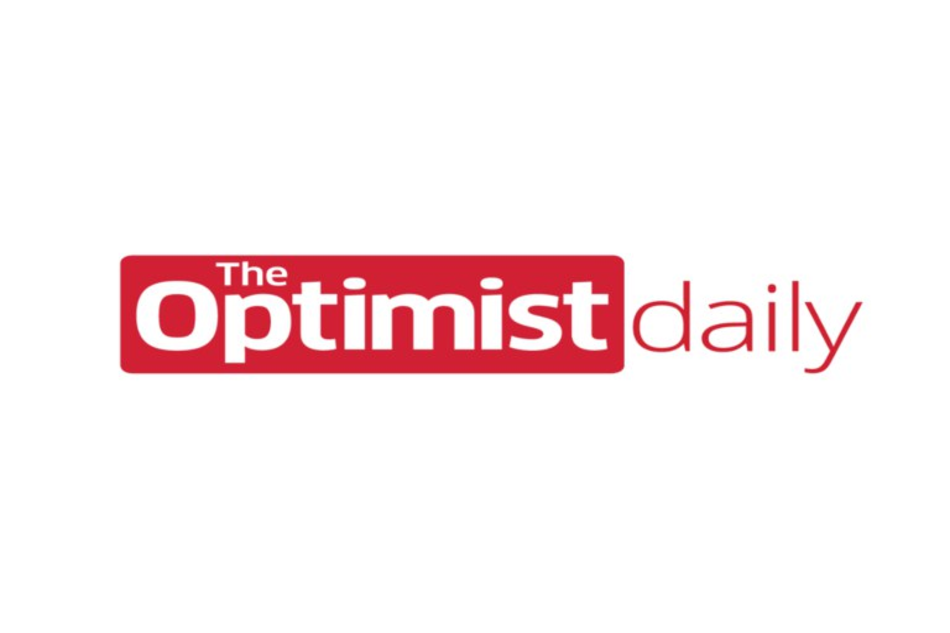Most of the new solar panels that are being built in the US are located in states where the process is easiest or policies are most favorable, instead of where solar could have the biggest impact on reducing CO2 emissions.
A Nashville-based startup, called Clearloop, wants to change that by diverting solar projects towards places that are still heavily dependent on fossil fuels. “If the government’s not going to move and invest in climate solutions and decarbonize the grid in our area, we were going to do it,” says co-founder and CEO Laura Zapata.
The company’s first project is a solar farm in Jackson, Tennessee, which is funded by brands wanting to offset their own carbon footprints. While that in itself is not new, Clearloop’s approach is.
What makes it stand out is that any company can pitch in for the project and the process is designed to be simple to use. As noted by Fast Company, many companies that invest in new renewable energy projects sign “power purchase agreements,” which are complex deals binding signatories to keep buying energy from a solar farm for decades. This makes it difficult for smaller companies to partake because of the financing requirements.
“Our thesis was that for every Facebook and Microsoft, there are thousands of other companies that are willing and able to invest in decarbonizing the grid, but don’t have the ability to sign up for power purchase agreements,” Zapata says.
By comparison, to participate in a project with Clearloop, there’s no minimum required investment. Once the startup has secured enough funding from brands, it can get financing for the rest. It then sells the green power to the local utility.
Also worth noting is that those who invest in new solar power through the startup won’t be able to use the process to claim that they’re running on 100 percent green electricity, which happens with power purchase agreements. Instead, the clean power goes to the grid, for local communities to tap into. With that said, brands can still use the investment to help offset corporate emissions that are otherwise hard for them to avoid, such as air travel.
To work towards its goal of speeding up the adoption of renewable energy in places with a heavy CO2 footprint, Clearloop uses data from WattTime, a nonprofit that ranks how clean or dirty the US grid is, county by county.
“We try to tackle three things,” says Zapata. “Where are the sunniest places? Where’s the grid the dirtiest? And where can a dollar invested in infrastructure go the longest way?”
While the startup’s first solar installation is relatively small — 2,000 solar panels — with enough power for around 200 homes, the company’s efforts are now directed at quickly scaling up its model.
“What we’re hoping to do is basically bring a new creative tool to show that there are different ways to be able to build these solar projects…at the speed that we that we need to build it,” says Zapata.












